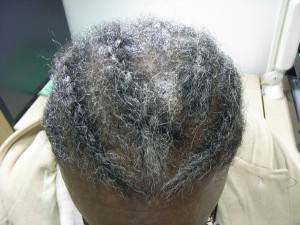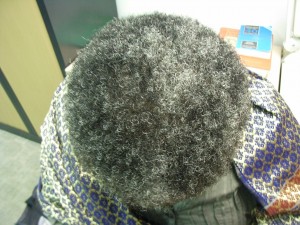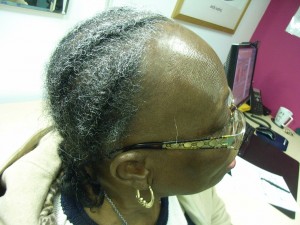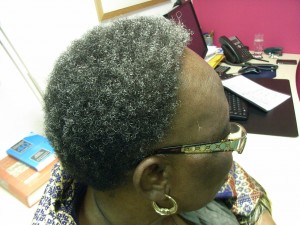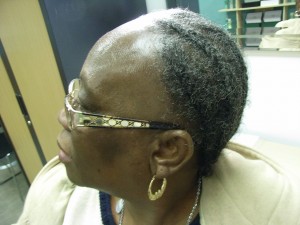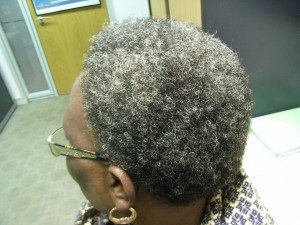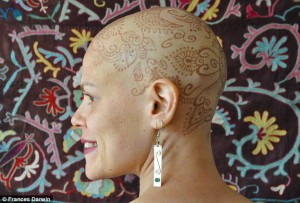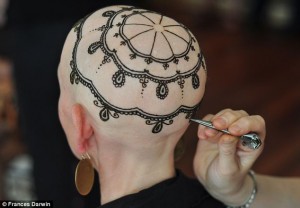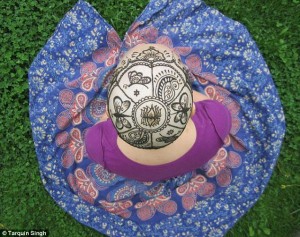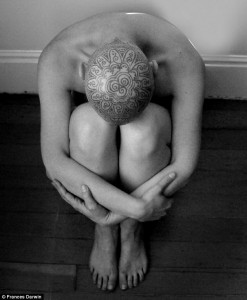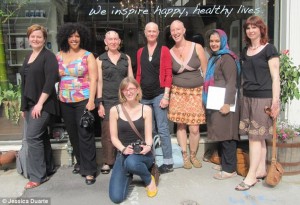COMBAT HAIR LOSS: How To Grow Your Hair Back (Part 2)
24.11.2012 in COMBAT HAIR LOSSHAIR GROWTH – THE MECHANISM
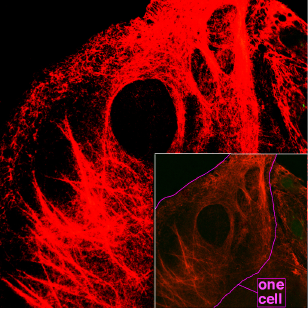
Hair consists of long “keratin” fibres, twisted in a rope-like structure with an outer protective cuticle or coating of hardened, keratinised cells giving a structure of considerable tensile strength. The hair is produced by the dermal papilla, a cluster or peg of highly active cells just below the surface of the skin, fed by the blood micro capillaries in the dermis, and from which the hair fibre grows in its hair follicle or shaft. The growing fibre structure becomes keratinised or hardened to form the final hair structure, which extrudes from the skin or the scalp. The hair fibre at this point is dead and it is only the growing or germinating root tip of the hair where the living, soft hair cells are to be found. These highly active dermal papillae cover the whole of the body, except for the palms of our hands, soles of our feet, and the mucous areas, and the number of dermal papillae remains the same as we have at birth. The body cannot grow or produce any more dermal papillae.

The hair continues to grow from the dermal papilla for a fixed period of time; the growing (anagen) phase lasts usually two to seven years, depending on one’s age, health and genetic make-up. This is followed by a short period of change, (catagen), lasting seven-fourteen days, during which the activity of the matrix stops, the hair shaft becomes detached from the dermal papilla and moves upward somewhat in the hair follicle, which itself contracts and moves upwards.

Finally, the resting (telogen) phase, lasting usually two to three months, allows the non-growing hair to detach itself from the hair follicle and to be shed from the body, the new growing hair having already started to form at the dermal papilla in the base of the hair follicle. The cycle then repeats itself, in a non-synchronised pattern, over the 100,000 or so dermal papillae on the human scalp.
The shedding of the dead hair is a completely natural process and, as it is non-synchronised across the scalp, it is perfectly normal to lose hairs each day. A healthy scalp has 100,000 to 120,000 hair follicles and dermal papillae and a hair fall of 100 to 300 hairs per day is normal. Except in cases of heavy excess hair fall (telogen effluvium), it is a mistake to be worried about hair fall, after all the new hair is already growing in the hair follicle alongside the previous dead hair which it helps to push out. It is not usually a good idea to collect or count the hairs that have been shed as it leads only to further hair fall with the increased stress.
Do you have Hair Loss Problems, read our Hair Loss Help
no comment






